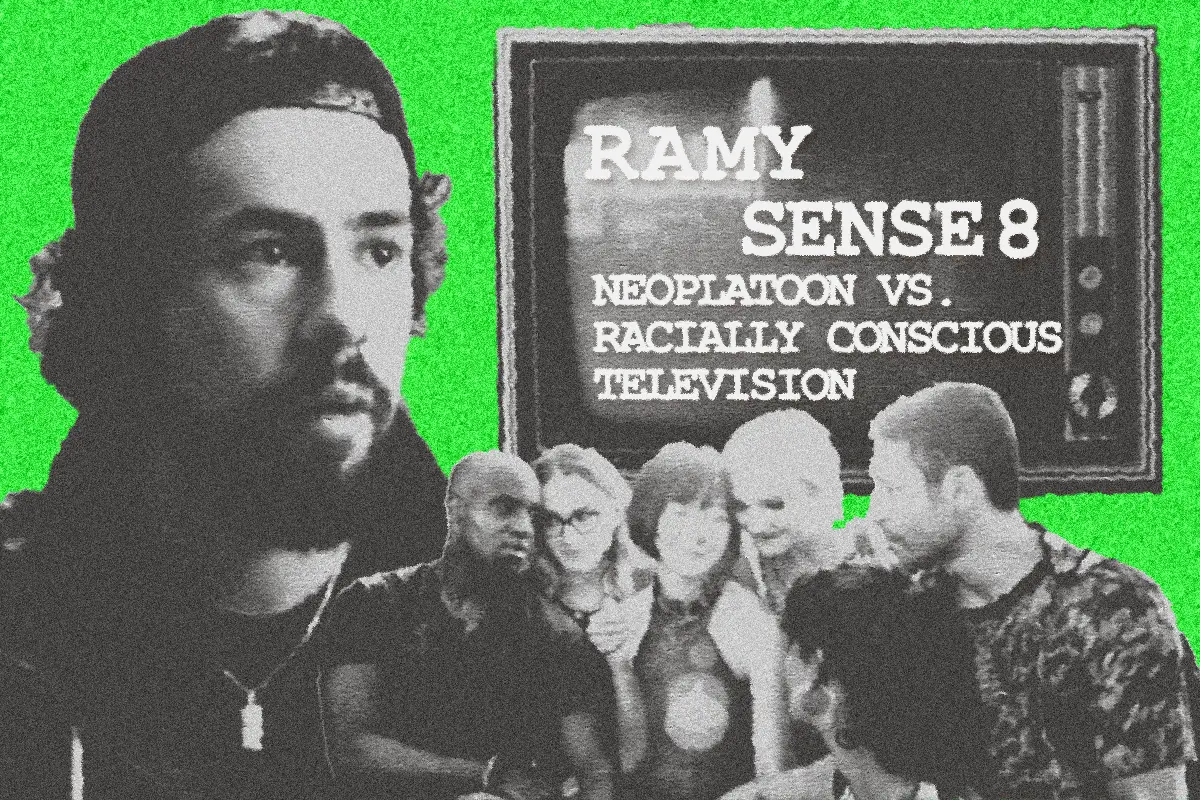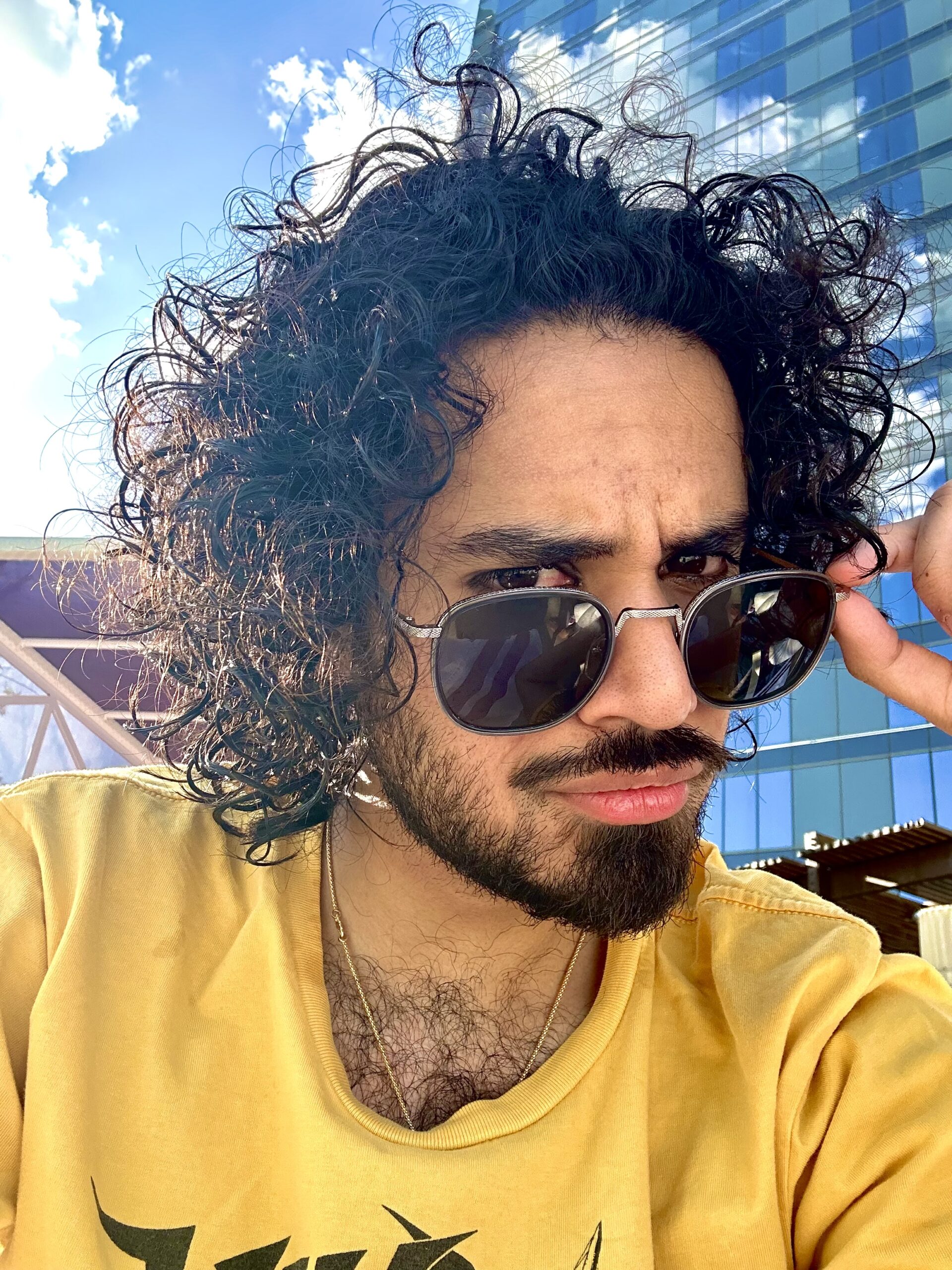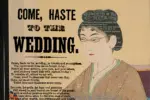How different types of television productions, specifically racially conscious vs neo-platoon, represent cultures and communities.
The evocation of empathy, the sense of feeling seen and the connection between captivating fictional figures and their viewers are the results of media successfully teaching audiences more about themselves than it does a fictional story. Productions sparking emotions also spark conversation. Without properly evoking the audience’s emotions, a creator’s message risks getting lost in the audience’s subconscious, if the message gets noticed at all. A tried-and-true technique is to accurately portray place, culture, and people; at least one of these aspects will resonate with the audience. A form of storytelling known as “racially conscious.” The presentation of ethnic and racial diversity in a neo-platoon show, which employs colorblind casting, may appear to create a unified world but often serves as another attempt to attract the highest viewership in an increasingly diverse world. Although neo-platoon shows present their worlds with a level of diversity comparable to the real world, their efforts to represent a diverse cast are incomparable to a racially conscious show’s.
While both Hulu’s Ramy and Netflix’s Sense8 share similar messages regarding race, culture and community, the quality and impact of their messages vary significantly. The show “Ramy”, produced by comedian Ramy Youssef and A24, effectively represents the community of Egyptian Muslim immigrants in New Jersey. Themes of religion, culture and identity are as prevalent in Ramy as they are in real life, reminding audiences the old culture of Egyptian immigrants persists even after living in the U.S. for most of their lives.
Similarly, the show Sense8, written and produced by the Wachowski sisters, has a comparable premise. It portrays people from various cultures and identities living in different parts of the world, yet facing similar hardships. These characters, known as the “sensates,” are part of one “cluster,” sharing a strong physical and mental connection. Despite their diverse backgrounds, they form strong emotional and physical bonds quickly. The main message of the show is that by transcending cultural, geographical and physical differences, people can overcome challenges by working together.

The show Sense8 may convey the message that these differences are insignificant, and how people of all backgrounds can easily collaborate: yet it struggles to fully communicate it due to its neo-platoon nature. Neo-platoon shows adhere to specific guidelines aimed at appealing to a diverse audience while also considering the sensitivities of white viewers, preventing the show from delving into themes or scenes crucial for development but cause discomfort. In such productions, the depiction of non-white characters, who one would expect to maintain a strong connection to their cultural roots, may be suppressed or overlooked to ensure they remain relatable to white audiences. Sense8 exemplifies this phenomenon as it portrays characters from diverse backgrounds living their daily lives around the world, including Sun, the daughter of a wealthy Korean banker; Kala, a pharmacist and devout Hindu from Mumbai; Capheus, a bus driver from Kenya; and Wolfgang, a safecracker from Germany.
Although the characters in Sense8 hail from vastly different backgrounds, each with its own rich culture and history, the show often skims the surface of these worlds. While we witness Kala praying at a Hindu temple on a few occasions which could deepen our understanding of her situation and culture, are somewhat diluted by her praying in English. This detail stood out to me from the outset. Despite the multicultural cast, many of whom originate from countries where English is not the primary language, the characters predominantly converse in English. The few moments involving characters speaking their respective languages occur sparsely during short scenes, one example being Lito and Sun’s first encounter during season one episode 5 “Art is Like Religion”. The rest of the scenes, especially those within a specific country, involve the characters conversing in English. While initially perplexing, the reasoning becomes apparent: the show was created by Western individuals and targets a predominantly Western, white, English-speaking audience. While such a linguistic choice may break immersion for some, particularly those from nations depicted in the show, it may enhance immersion for others who find constant subtitles distracting. The discomfort shared by many Americans regarding subtitles is also by creators, such as Bong Joon Ho the director of Parasite, as being a tiny one only preventing them from learning more about the world.

In the U.S. television series focusing on specific races or ethnicities attempt to depict a people or community as accurately as it can, without adhering to certain ideas or views e held by audience members. These productions try to challenge and change the views or stereotypes associated with a certain community through the humanization of its members. The show Ramy is an excellent example of this, because it humanizes and teaches its audiences – especially white Americans – about a large community which, for almost twenty years, has been shown through a negative lens by American media.
After almost two decades of facing fear, hate and discrimination, Ramy was released as one of the most realistic portrayals of a Muslim community living in the U.S. Immigrants like Ramy Youssef are partaking in a spiritual journey of self-discovery, trying to figure out what it means to be an immigrant. The show, which mostly depicts the exciting and mundane parts of living as a Muslim immigrant, would occasionally veer into territory that could cause much discomfort for its white audience.
Episode four of season one, “Strawberries”, unfolds on 9/11, considered the most tragic day in modern American history. The subject matter alone is enough to unsettle and discomfort an American audience, but Ramy takes it a step further, with young Ramy experiencing a nightmare featuring Osama bin Laden. In this scene, Osama embodies Ramy’s fears and insecurities about his racial background; Osama attempts to persuade Ramy that he doesn’t belong in the U.S., arguing how Western powers have exploited nations like Egypt, and urges Ramy to return to his homeland and restore it. Yet Ramy rejects Osama’s proposition, asserting his identity as a real American who belongs just as much as anyone else.
In episode eight of season one, during an intense and life-threatening scene, Ramy repeatedly shouts the phrase “Allahu Akbar” to empower himself to kick down a door. While the phrase translates to “God is the greatest” in English, and might not hold significant meaning to most people, it is seen as taboo in the U.S. due to its association with 9/11. Yet, Ramy attempts to redefine its significance by imbuing it with a positive connotation. The show and its creators took risks to compel the public to understand and acknowledge the struggles faced by a community often portrayed negatively.
A production’s ability to craft an authentic world greatly enhances its ability to convey its message, igniting conversations and potentially effecting change. However, not all shows can achieve the highest level of authenticity due to the varying expectations an audience has of a show; expectations that can increase popularity, but also decrease the impact of a specific theme or message. Sense8, for instance, chose to abide by these expectations , contributing to its global popularity; yet in doing so, the characters depicted in the show were not fully immersed in their respective cultures. This results in a world lacking immersion and authenticity, hindering the show’s ability to effectively communicate its message about race and gender.
Conversely, Ramy adopts a different approach, disregarding the conventional rules and regulations of neo-platoon productions to create a more authentic world. This authenticity enables the show to offer commentary on the lives of a minority group that has long resided in the United States, many of whom have faced significant challenges. While neo-platoon shows can attract a broad audience and considerable attention and wealth, they remain constrained by limitations constantly diminishing their impact.

















